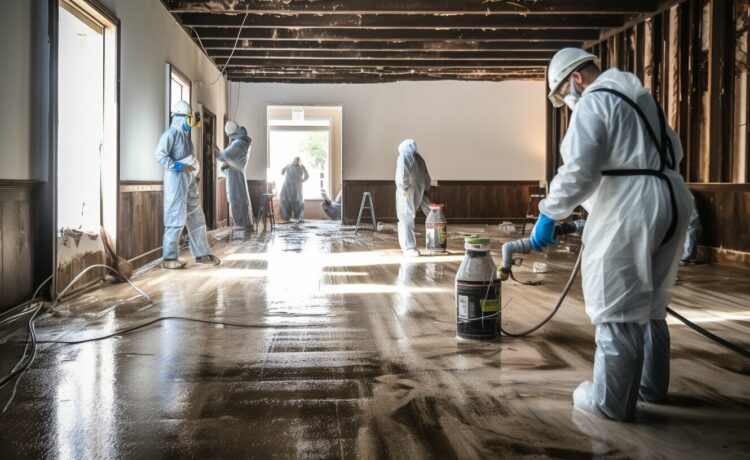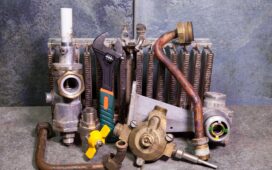After water has been removed by a water damage cleanup service, assessing structural damage is a crucial step to ensure your home’s safety. Water can weaken foundations, warp wood, and compromise the integrity of walls and floors. A detailed inspection helps identify any hidden damage that could pose long-term risks. Whether it is from a flood or a plumbing leak, understanding the extent of structural damage ensures that necessary repairs are made to keep your home safe and secure.
Here are five important ways to assess structural damage after water removal.
Inspecting the foundation
One of the first areas to assess after water removal is the foundation of your home. Flooding or prolonged exposure to water can weaken the foundation, causing cracks or shifts. If the foundation is compromised, it can lead to more significant structural issues in the future. A professional inspector will check for visible cracks, uneven floors, or signs of settling, which could indicate serious damage.
Checking for wall damage
Water exposure can cause drywall to swell, crack, or become soft. This weakens the structure of your walls and can lead to long-term problems if not addressed. After the water is removed, the cleanup service will inspect walls for signs of water damage, such as discoloration, warping, or bubbling paint. If necessary, parts of the wall may need to be replaced to restore the structure’s strength.
Examining wooden structures
Wooden structures, such as beams and flooring, are particularly vulnerable to water damage. Prolonged exposure to moisture can cause wood to warp, rot, or weaken. During the inspection, professionals will assess the condition of all wooden elements, checking for signs of softening, swelling, or rotting. Damaged wood may need to be replaced to ensure the stability of your home.
Assessing ceiling damage
Ceilings are often overlooked, but they can be significantly affected by water damage. Water can pool above the ceiling, causing it to sag or even collapse. Inspectors will check for damp spots, discoloration, or sagging in the ceiling, which are signs that water damage has occurred. If the ceiling shows signs of weakness, repairs or replacements may be necessary.
Checking electrical systems
Water can also damage electrical systems, creating potential hazards. After water removal, it is essential to inspect all wiring, outlets, and fixtures for signs of water damage. Corroded or wet electrical components can lead to short circuits or fires, making it important to have them assessed and repaired by professionals.
To sum up
After a water damage cleanup service, a thorough inspection of the foundation, walls, wooden structures, ceilings, and electrical systems is necessary to ensure your home’s safety and prevent further damage.






